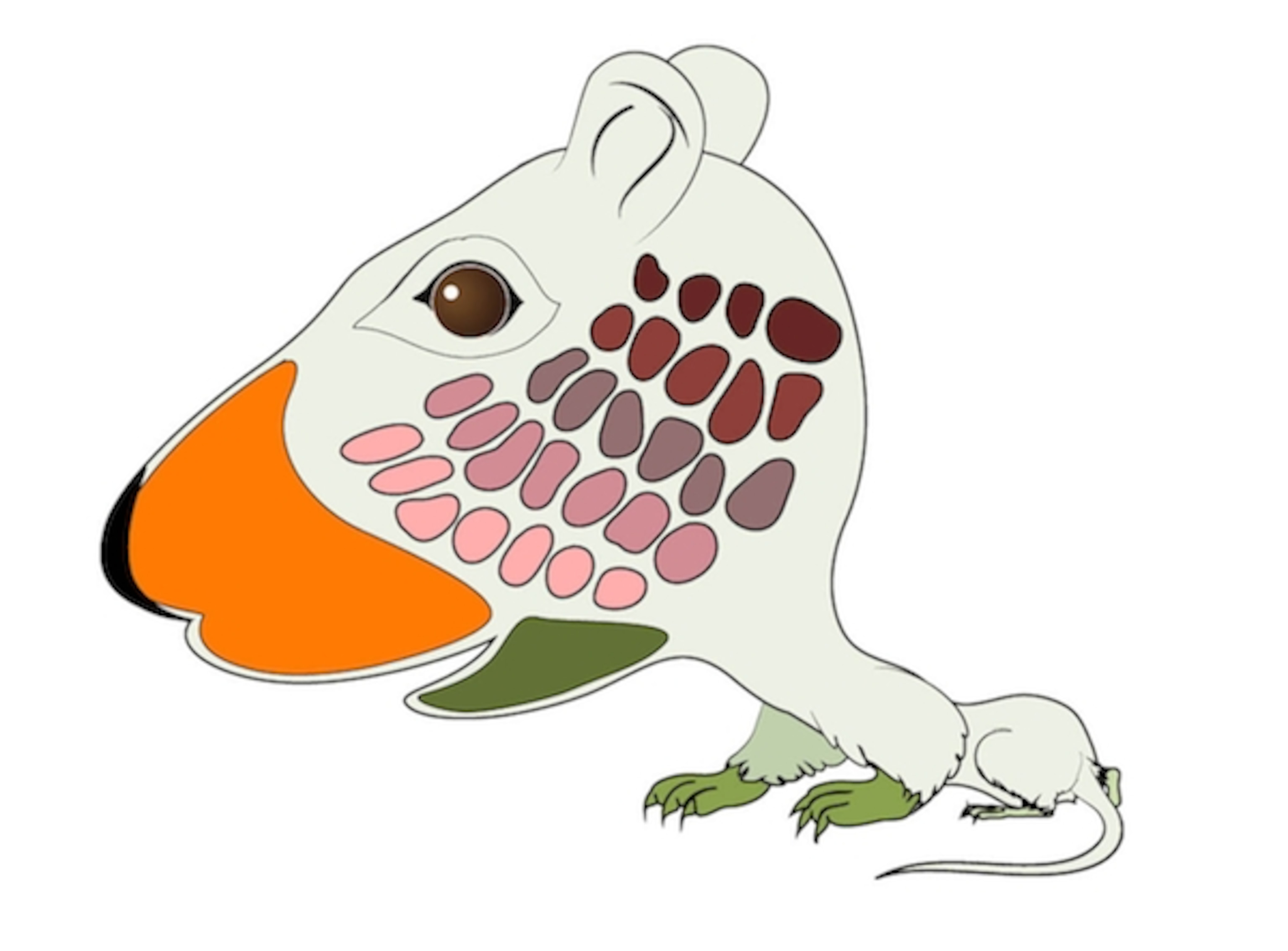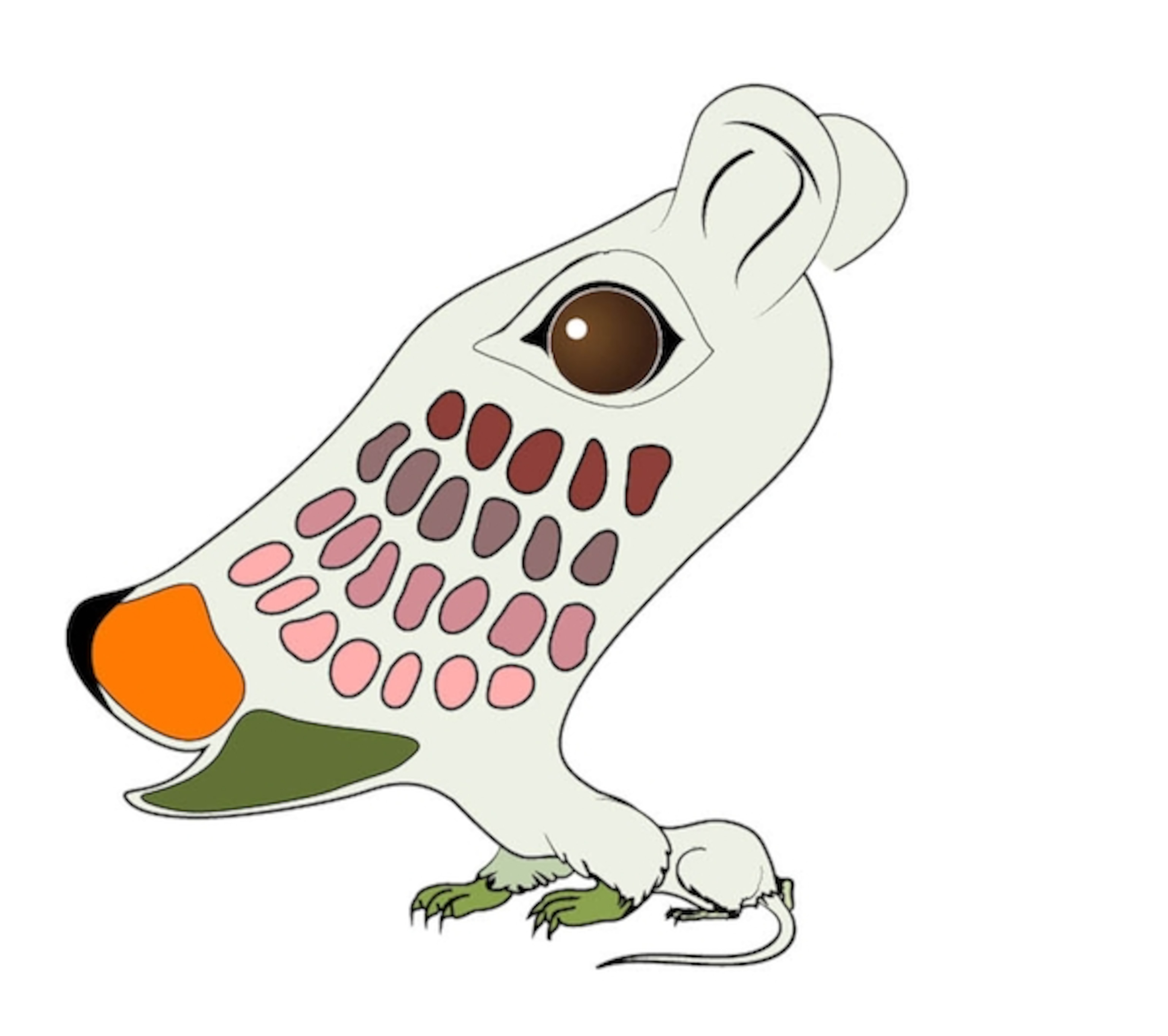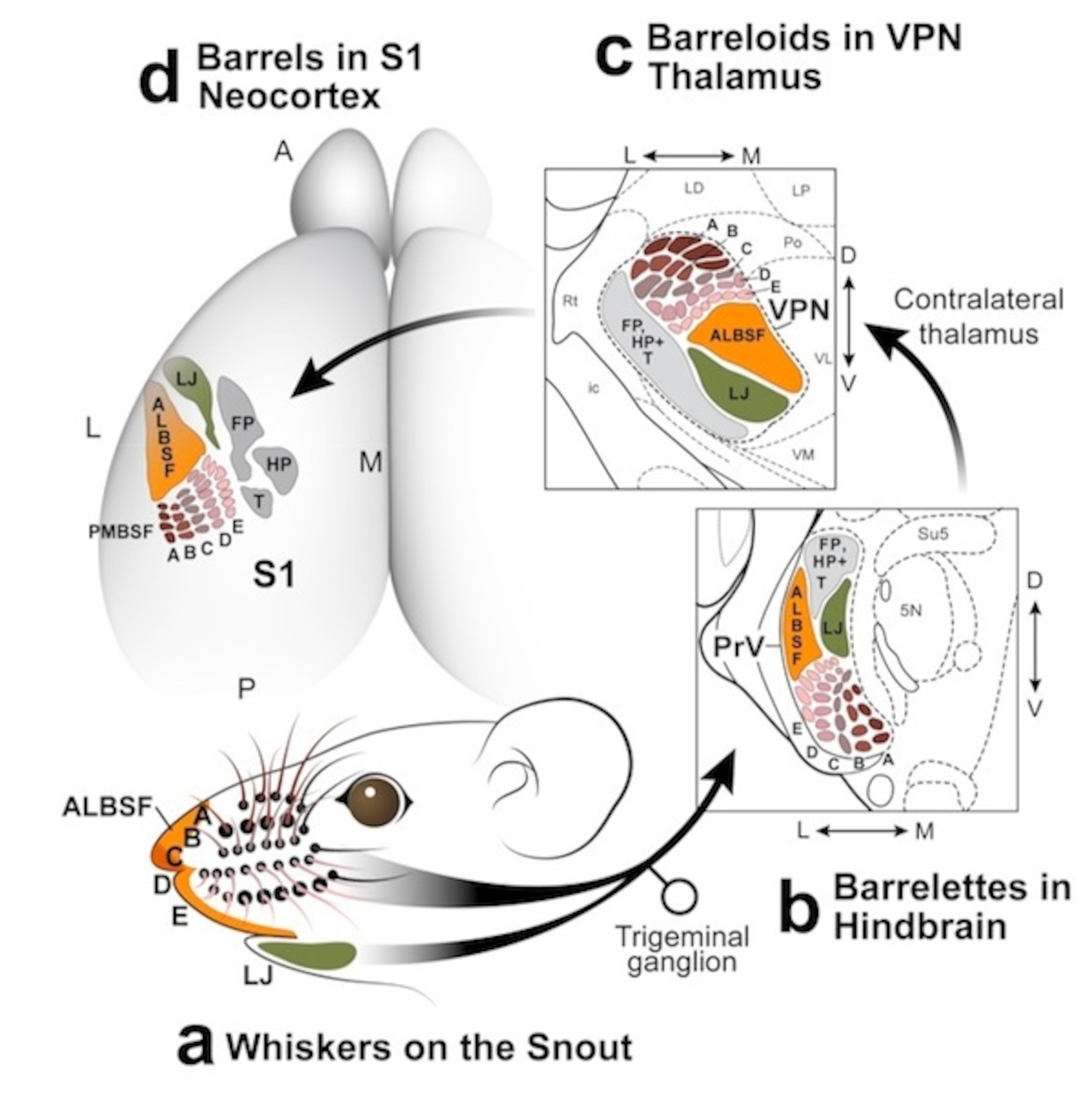Inside each of us is a miniature version of ourselves. The Canadian neurologist Wilder Penfield discovered this little person in the 1930s, when he opened up the skulls of his patients to perform brain surgery. He would sometimes apply a little electric jolt to different spots on the surface of the brain and ask his patients–still conscious–to tell him if they felt anything. Sometimes their tongues tingled. Other times their hand twitched. Penfield drew a map of these responses. He ended up with a surreal portrait of the human body stretched out across the surface of the brain. In a 1950 book, he offered a map of this so-called homunculus.

For brain surgeons, Penfield’s map was a practical boon, helping them plan out their surgeries. But for scientists interested in more basic questions about the brain, it was downright fascinating. It revealed that the brain organized the sensory information coming from the skin into a body-like form.
There were differences between the homunculus and the human body, of course. It was as if the face had been removed from the head and moved just out of reach. The area that each body part took up in the brain wasn’t proportional to its actual size. The lips and index finger were gigantic, for instance, while the forearm took up less space than the tongue.
That difference in our brains is reflected in our nerve endings. Our fingertips are far more sensitive than our backs. That’s because we don’t need to make fine discriminations with our backs, while we use our hands for all sorts of things–like picking up objects or using tools–that demand sensory power.
The shape of our sensory map reflects our evolution, as bipedal tool-users. When scientists have turned to other species, they’ve found homunculi of different shapes, the results of their different evolutionary paths. This picture, taken from my book The Tangled Bank, shows three subterranean mammals: a mole, a naked mole rat, and a star-nosed mole.

The top row shows their actual body shape, and the bottom row shows the relative amount of space on the sensory map devoted to each part. The expanded parts reflect the kinds of sensory information they gather. Moles dig with their hands, for example, to search for worms and other prey. They can’t rely on their sight in the dark; instead, they use their sense of smell, their whiskers, and the sensitive skin on their nose. Naked mole rats, on the other hand, use their teeth instead of their hands to dig. Star-nosed moles, finally, have evolved a bizarre hand-like structure on their noses, which they use to quickly probe the soft mud that they dig through.
Dennis O’Leary, a biologist at Salk Institute for Biological Studies, and his colleagues have spent the past few years investigating how the sensory map takes shape. They have studied mice, which have a sensory map finely tuned to their own way of life as nocturnal rodents that search for food aboveground. The mice depend on their whiskers to let them know about their surroundings. Each whisker is surrounded by a dense cluster of nerve endings, all of which feed information into the brain.
Here’s a drawing of the mouse in its actual proportions, with the whiskers and other regions of its body highlighted.

And here is a picture of the mouse’s sensory map–what O’Leary and his colleagues have nicknamed the mouseunculus:

Reflecting their dependence on their whiskers, the sensory map is dominated by clusters of neurons that process whisker signals. Each of those clusters, called a barrel, is bigger than the cluster of neurons dedicated to the mouse’s entire foot.
The mouseunculus–or any other mammal sensory map–does not instantly take shape in the embryonic brain. It requires experience to grow. Before birth and afterwards, the neurons in the skin deliver signals into the brain. Those signals stimulate the growth of new neurons, as well as the emergence of connections between the cells. If the brain can’t get signals from part of its body–perhaps due to a birth defect that leads to the loss of a limb, say, or due to nerve damage–the sensory map will develop abnormally.
Does that mean that our sensory maps depend on their existence simply on the signals they receive from the skin? O’Leary and his colleagues have found that the answer to this question is no, as they report in the new issue of Nature Neuroscience. A mammal’s genes also help guide the cartographer’s pen.
The new study builds on O’Leary’s earlier discovery that mutations to certain genes alter the structure of the cortex, the thin outer layers of the brain where its most sophisticated information processing takes place. O’Leary and his colleagues decided to look at how one of those genes, called Pax6, influenced the development of the sensory map in particular.
To find out, they developed an intricate technique to shut down Pax6 only in the sensory map and nowhere else in the brain of mouse embryos. The mice were born healthy, and were able to feed their sensory maps with their typical diet of information.
A week after the mice were born, the scientists followed in Penfield’s steps and mapped the mouseunculus. And here’s what they saw:

The map nicely shows that without Pax6, many of the barrels only grew to a small portion of their normal size, in some cases ending up 80% smaller than in mice with Pax6 switched on in the sensory map. A few barrels never developed at all.
Clearly, O’Leary’s research shows, genes play a big part in building an accurate sensory map. But they do more. Their effects ripple downwards, to earlier steps in the information pathway through the brain.
This diagram shows some stops along that pathway. The signals from the body travel to the back of the brain, and then forward to a structure deep in the brain called the thalamus, before finally reaching the sensory map. At each step, the neurons that process the signals are also organized in maps that correspond to the mouse’s body. They have distinct clumps of neurons for each neuron, called barreloids or barrelettes depend on which part of the brain they’re found.

O’Leary and his colleagues found that when they shut down Pax6 in the sensory map, it wasn’t just the sensory map that changed shape. The thalamus changed too. As with the sensory map, the thalamus’s barreloids shrank or disappeared. O’Leary and his colleagues’ research indicates that the thalamus depends on signals from the sensory map to develop normally. Without those signals, some of the developing neurons in the thalamus die.
The sensory map and the neurons that feed it data turn out to be entangled in an intimate conversation. Signals rising from the skin shape the map, while the genes in the map’s neurons influence it as well–and their influence extends downward into the pathway. This dialogue may be crucial for fine-tuning the entire nervous system, so that we develop sensory maps and sensory neurons that match each other tightly.
Like Penfield’s original map, O’Leary’s research illuminates some of the fundamental questions about how the sensory map works, and it may likewise turn out to offer some practical benefits. Mutations to genes like Pax6 may alter the sensory map, and their disruption may extend downstream to the thalamus. Those mutations may play a role in brain disorders like autism.
As O’Leary and his colleagues point out in their new paper, previous studies on people with autism have revealed some differences in the activity of genes in the brain. In particular, the genes involved in marking off different areas of the cortex have different patterns of activity.
This change to the brain-shaping genes may explain the fact that some scientists have found changes to the structure of the cortex. While the overall size of the cortex is the same in autistic brains and normal brains, the front portion of the cortex is enlarged in people with autism.
This shift may also mean that the region of the cortex further towards the back of the brain gets smaller. And it just so happens that our homunculus lurks back there. It’s possible, in other words, that in people with autism, the disruption of the cortex leaves them with a smaller sensory map.
If the sensory map is indeed smaller in people with autism, the effects might radiate outward to the thalamus. A recent study on the brains of 17 autistic people revealed that they did indeed have a smaller thalamus on average.
If this hypothesis is correct–and it’s important to note that it’s still based on the study of relatively few people–it could explain why people with autism often have trouble with processing the information of their senses. And it might even point towards new ways to treat autism, by nurturing the inner homunculus.
[Update 3 pm: This post was updated to O’Leary’s correct institution–the Salk Institute, not Scripps Institute. Two great institutes very close both in space and in my mind.]
[Update 11 pm: The post initially stated moles are rodents. My bad.]

